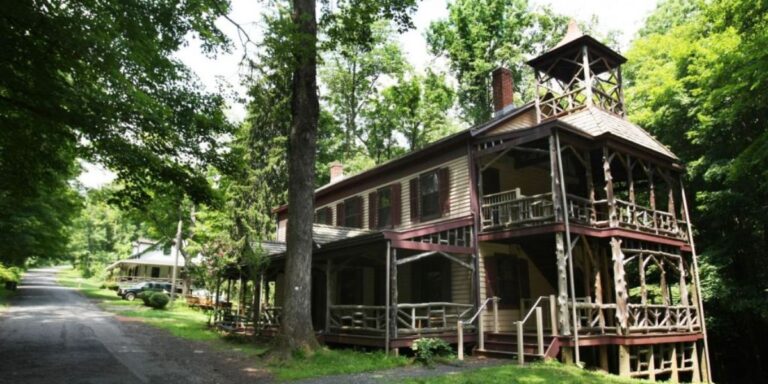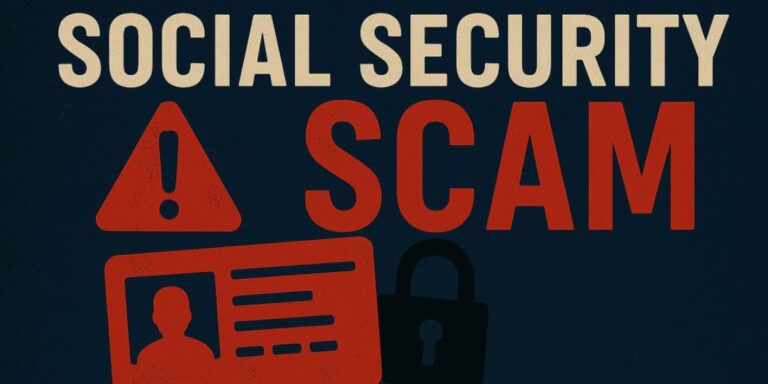California, home to Hollywood glitz and Silicon Valley innovation, hides a darker undercurrent: a powerful, violent gang presence that stretches from its biggest cities to its smallest rural pockets.
While law enforcement has made strides in curbing gang activity, several criminal organizations continue to wield deadly influence over neighborhoods, illicit markets, and even international crime networks.
Here’s a look at the five deadliest gangs in California today and how their power continues to grow.
1. Mara Salvatrucha (MS-13)
One of the most feared gangs globally, MS-13 (Mara Salvatrucha) has a deeply rooted presence in Los Angeles and across California. Founded in the 1980s by Salvadoran immigrants, MS-13 has evolved from a local street gang into a sophisticated, transnational criminal organization.
MS-13 is infamous for its brutal violence, often using machetes to carry out executions and punishments. They are heavily involved in drug trafficking, human smuggling, extortion, and arms dealing. What makes MS-13 particularly dangerous is its decentralized structure: local “cliques” operate semi-independently but follow strict codes of loyalty and violence.
Despite numerous high-profile arrests, including major federal crackdowns, MS-13’s influence persists, particularly in immigrant communities where fear and language barriers hinder police cooperation.
2. The Mexican Mafia (La Eme)
The Mexican Mafia, also known as La Eme, is one of California’s oldest and most powerful prison gangs. Established in the 1950s inside California prisons, La Eme’s reach extends far beyond prison walls. They exert control over numerous Southern California street gangs, demanding taxes from drug dealers and enforcing discipline through brutal punishment or death.
Unlike street gangs, La Eme operates mostly through leadership and influence, rarely engaging in visible street violence itself. Instead, they command loyalty from Sureño gangs, who carry out their orders on the streets. The Mexican Mafia’s sophisticated organizational structure, combined with its ties to Mexican drug cartels, makes it a key player in California’s underworld.
Law enforcement agencies have tried to disrupt La Eme by targeting its leadership, but the gang has shown remarkable resilience, with younger members ready to step up as older leaders are incarcerated or killed.
3. Nuestra Familia
Nuestra Familia (Our Family) is the Mexican Mafia’s main rival and dominates Northern California. Originating in the 1960s, Nuestra Familia was formed by Northern California inmates who resented the Mexican Mafia’s dominance over Hispanic prisoners. Like La Eme, Nuestra Familia’s leadership operates from within prisons, directing street gangs known as Norteños.
Nuestra Familia’s operations include drug trafficking, extortion, robbery, and murder. They maintain strict discipline, often requiring recruits to carry out violent acts to prove loyalty. The gang’s power surged in recent years thanks to alliances with international drug traffickers and expanded influence over street-level operations in cities like Salinas, San Jose, and Stockton.
Law enforcement crackdowns have resulted in mass arrests, but the gang’s decentralized nature helps it survive. Its ongoing war with the Mexican Mafia adds to the bloodshed, leaving communities caught in the crossfire.
4. The Crips
The Crips, founded in Los Angeles in the late 1960s, are one of the largest and most notorious African American gangs in the United States. With thousands of members across California, the Crips operate as a loose alliance of individual sets, each with its own leadership and territory.
Crips activity includes drug trafficking, robbery, extortion, and murder. Although some sets have shifted toward organized crime, many Crip factions remain deeply involved in violent street-level disputes, particularly against their longtime rivals, the Bloods.
What makes the Crips especially dangerous is their adaptability: they’ve expanded beyond California, created ties with Mexican cartels, and moved into cybercrime, identity theft, and human trafficking. Despite long-standing police efforts, the Crips remain a persistent force in both urban and suburban areas, with younger members eager to prove themselves through violence.
5. The Bloods
The Bloods, another infamous African American gang, formed in the early 1970s as a rival to the Crips. Known for their distinctive red colors, the Bloods operate primarily in Southern California but have spread across the country. Like the Crips, the Bloods are made up of decentralized sets that engage in drug dealing, armed robbery, extortion, and gang warfare.
Bloods sets are often involved in violent turf wars, not only with the Crips but with each other. The rise of rap music in the 1990s brought the Bloods increased notoriety, with some artists openly affiliating with the gang. However, the Bloods’ reality is far from glamorous: neighborhoods under Bloods control often experience high rates of violence, drug addiction, and community fear.
Efforts to reduce Bloods influence have met mixed results. While community outreach programs and gang intervention efforts have shown promise, the lure of fast money and status continues to draw young recruits.
The Growing Influence of California Gangs
Despite decades of law enforcement crackdowns, California’s deadliest gangs continue to grow and evolve. Several key factors fuel their ongoing influence:
- Prison Pipeline: Many gangs operate efficiently from within California’s prison system, using incarcerated leaders to direct street-level crime.
- Transnational Ties: California gangs increasingly connect with international drug cartels, particularly in Mexico and Central America, giving them access to larger drug supplies and weapons.
- Technology: Social media and encrypted messaging apps make it easier for gangs to coordinate operations, recruit members, and intimidate rivals.
- Community Fear: In many areas, fear of retaliation stops residents from cooperating with police, allowing gangs to operate unchecked.
The state has poured resources into intervention programs, including gang prevention initiatives, community outreach, and re-entry services for former gang members. Yet, many experts agree that law enforcement alone cannot solve the gang problem — it requires addressing deeper issues of poverty, lack of opportunity, and systemic inequality.
Conclusion
California’s gang landscape is a complex and evolving battlefield where violence, drugs, and power struggles shape daily life in countless communities. From prison yards to suburban streets, the state’s five deadliest gangs — MS-13, the Mexican Mafia, Nuestra Familia, the Crips, and the Bloods — continue to expand their influence despite constant police pressure. Tackling their grip on California will demand not only stronger enforcement but also meaningful community investment and support to break the cycle of violence for future generations.







Leave a Comment